- Country
- Travel Package
- Blogs
- Contact Us
-
- Dashboard
- Booked List
- Wishlist
- Login

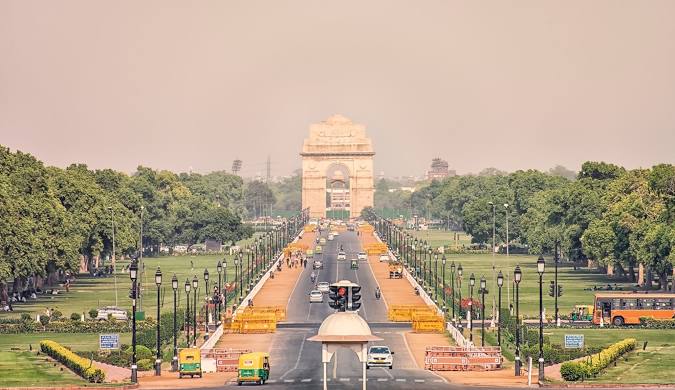
Old Delhi, also known as Purani Dilli, dates back to the Mughal era and is home to iconic landmarks such as the Red Fort, Jama Masjid, and Chandni Chowk. New Delhi, which reflects the legacy of the British Raj, serves as an administrative and cultural hub, housing significant landmarks such as India Gate, Parliament House, and the Rashtrapati Bhavan. Delhi is also home to numerous renowned temples, shrines, and parks, making it a city of great historical and cultural significance.
History of Delhi
The city has been the capital of several empires and kingdoms over the centuries. It has witnessed the rise and fall of numerous dynasties, each leaving its mark on the city's culture, architecture, and traditions.
One of the earliest known cities in Delhi's vicinity was Indraprastha, mentioned in the ancient Indian epic, the Mahabharata. Delhi's history as a significant city began with the establishment of the Delhi Sultanate in the 12th century by the Mamluk dynasty. This marked the beginning of Delhi's prominence as a political and cultural center in the Indian subcontinent.
The Mughal Empire, led by Babur, established Delhi as its capital in the 16th century. During this period, the city flourished as a center of art, architecture, and trade. The Mughal rulers built magnificent forts, palaces, and gardens, many of which are still prominent landmarks in Delhi today.
In the 19th century, Delhi became a focal point of the Indian Rebellion of 1857 against British colonial rule. After India gained independence in 1947, Delhi was officially declared the capital of the Republic of India. The city has since grown into a modern metropolis while preserving its historical heritage.
Today, Delhi is known for its diverse culture, vibrant markets, and iconic monuments such as the Red Fort, Qutub Minar, and India Gate. It continues to be an important center for politics, commerce, and tourism in India.
Tourist Place in Delhi
Red Fort: A UNESCO World Heritage Site, the Red Fort is an iconic Mughal-era fort known for its stunning architecture and historical significance. Know more about Red Fort
Qutub Minar: This impressive 73-meter tall minaret is another UNESCO World Heritage Site and is a symbol of Delhi's rich history.
India Gate: A war memorial and an important landmark in Delhi, India Gate is a popular spot for picnics and evening strolls.
Humayun's Tomb: This beautiful Mughal-era tomb is a masterpiece of Indo-Islamic architecture and is also a UNESCO World Heritage Site.
Lotus Temple: Known for its unique lotus flower-like design, the Lotus Temple is a Bahá'í House of Worship and is open to people of all faiths.
Akshardham Temple: A stunning Hindu temple complex known for its intricate carvings, exhibitions, and cultural performances.
Chandni Chowk: This bustling market in Old Delhi is famous for its narrow lanes, vibrant bazaars, and delicious street food.
Jama Masjid: One of the largest mosques in India, Jama Masjid is an architectural marvel and offers breathtaking views of Old Delhi.
These are just a few of the many attractions that Delhi has to offer, catering to a wide range of interests from history and culture to spirituality and cuisine.
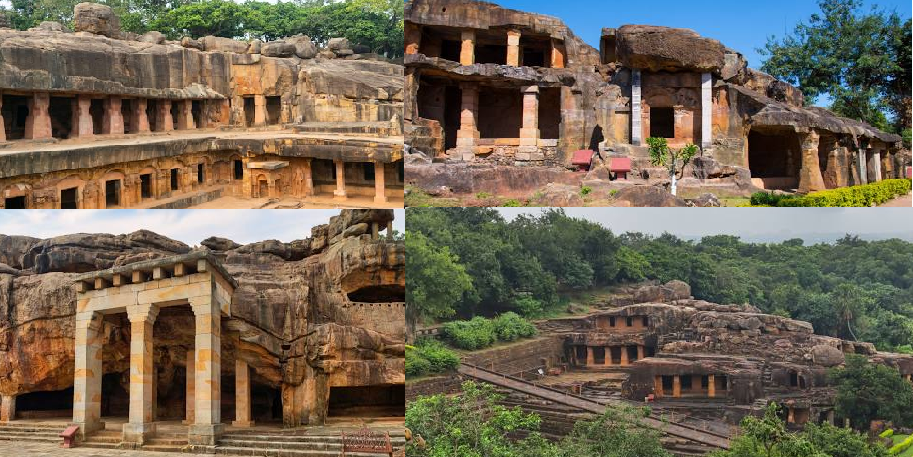
Udayagiri and Khandagiri Caves are a group of ancient rock-cut caves located near Bhubaneswar in Odisha, India. These caves date back to the 2nd century BCE and are significant for their historical, archaeological, and religious importance.
Read More ...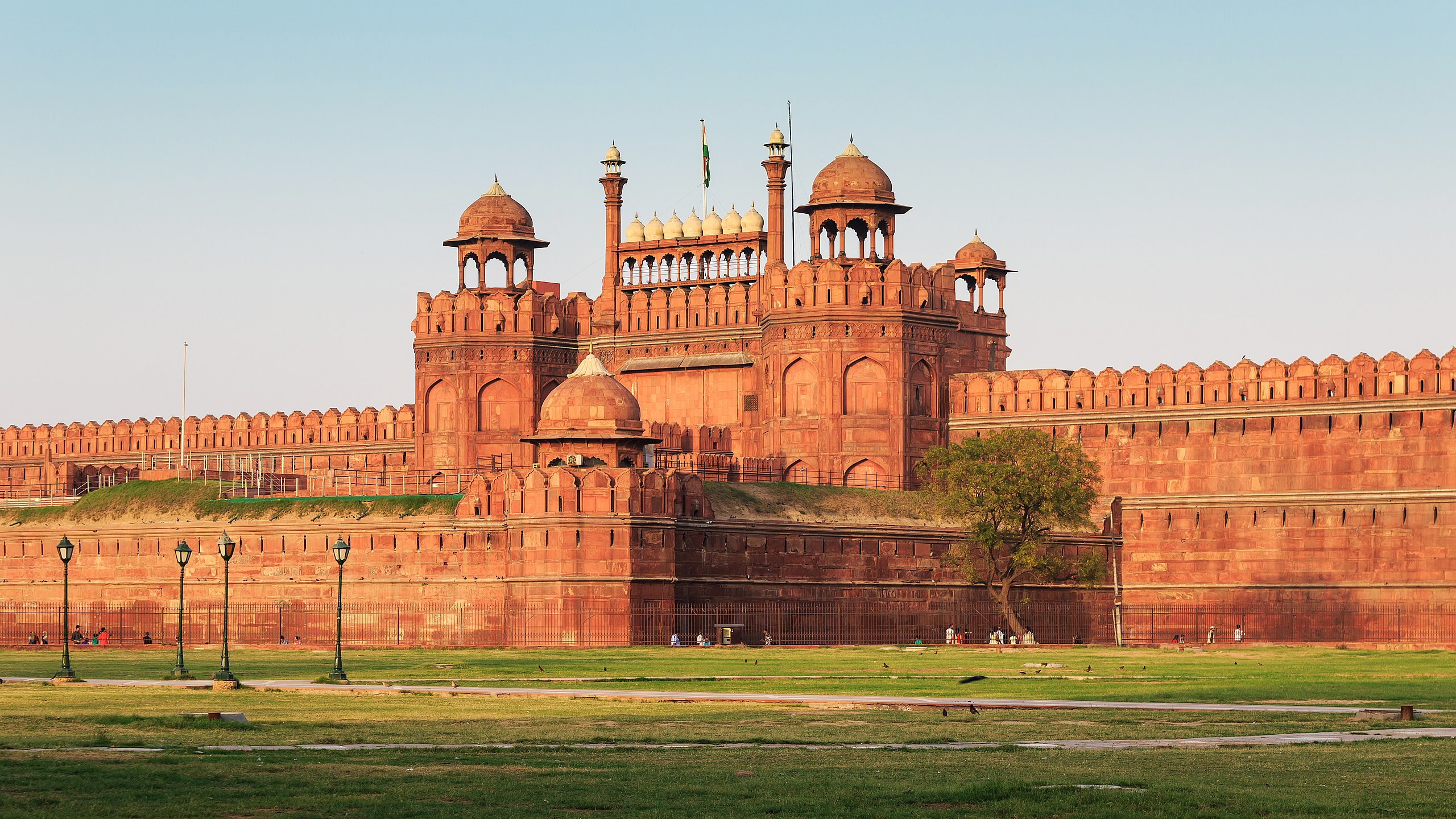
The Red Fort, or Lal Qila, is located in the city of Delhi, India. It was constructed by the Mughal Emperor Shah Jahan in the 17th century and served as the main residence of the Mughal emperors. The fort's architecture is characterized by its impressive red sandstone walls and intricate design.
Read More ...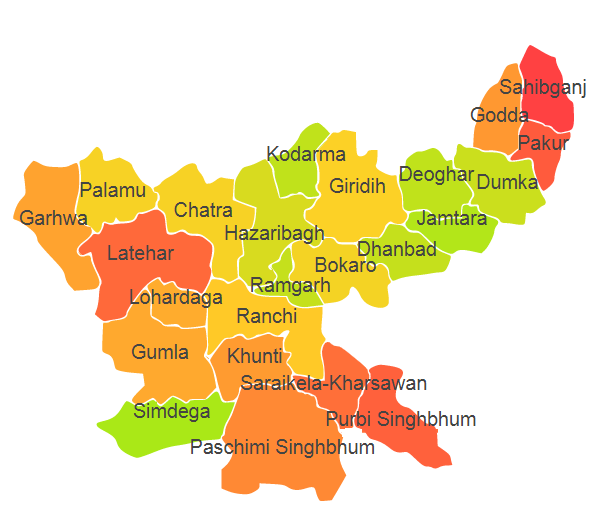
Jharkhand, a state in eastern India, is often referred to as the "Land of Forests." Established on November 15, 2000, it was carved out of the southern part of Bihar. With its rich cultural heritage, diverse wildlife, and abundant natural resources, Jharkhand is a hidden gem waiting to be explored.
Read More ...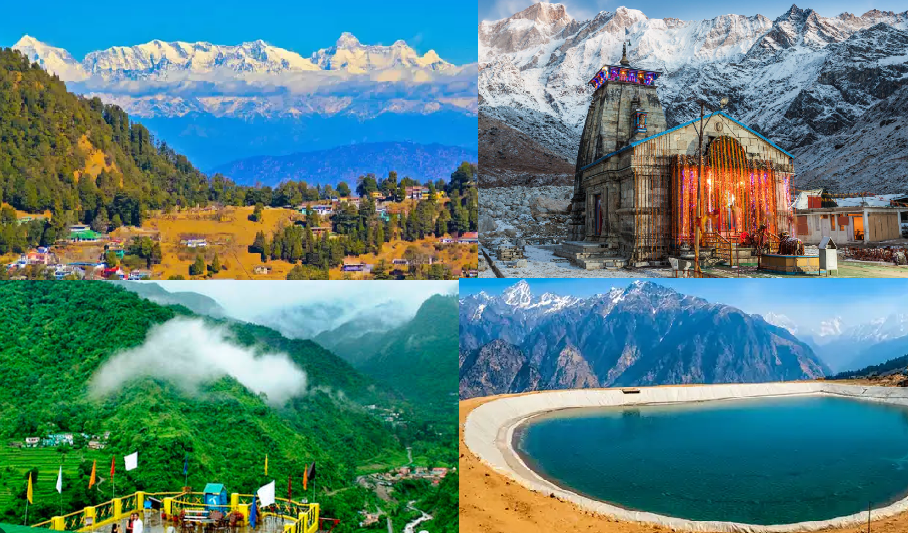
Uttarakhand, located in northern India, is known for its stunning landscapes, rich culture, and spiritual significance. Uttarakhand is a perfect blend of spirituality, adventure, and natural beauty, making it a must-visit destination for travelers seeking diverse experiences.
Read More ...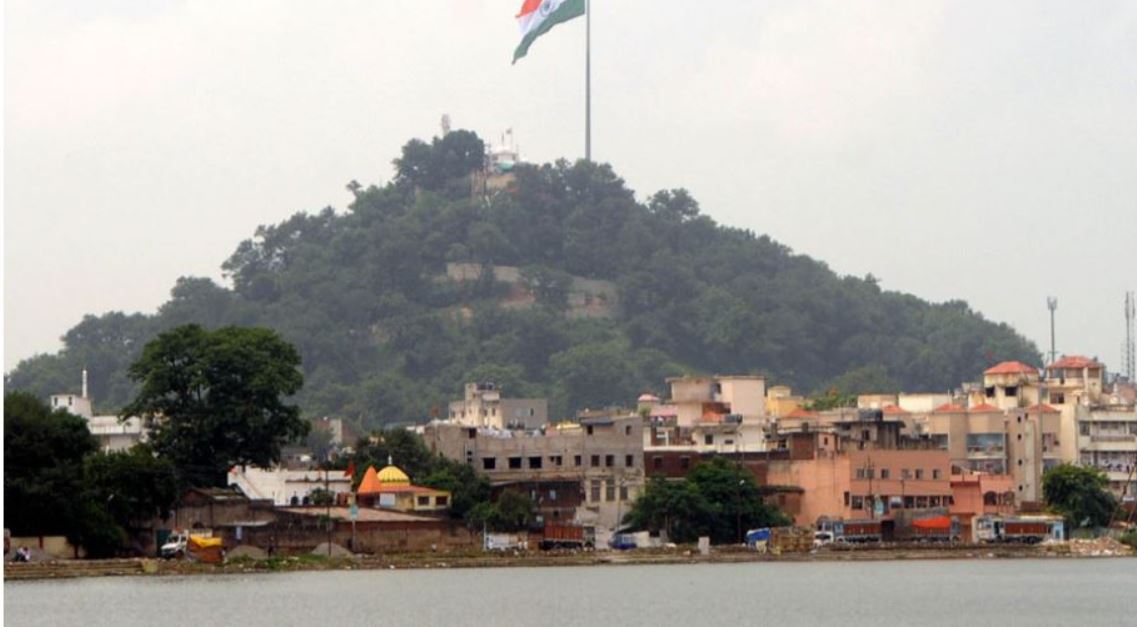
Nestled atop a hill in Ranchi, Jharkhand, Pahadi Mandir is a revered shrine dedicated to Lord Shiva. This temple not only serves as a spiritual center but also offers breathtaking views of the surrounding landscape, making it a popular destination for both pilgrims and tourists.
Read More ...To find the best hotels and tourist attractions tailored to your travel preferences, please select a country from the list below. Whether you're dreaming of a beach getaway, a cultural adventure, or a city escape, we’re here to help you discover the perfect destination!
Once you make your selection, we’ll provide you with a curated list of top-rated hotels and must-visit tourist spots in your chosen country. Happy travels!